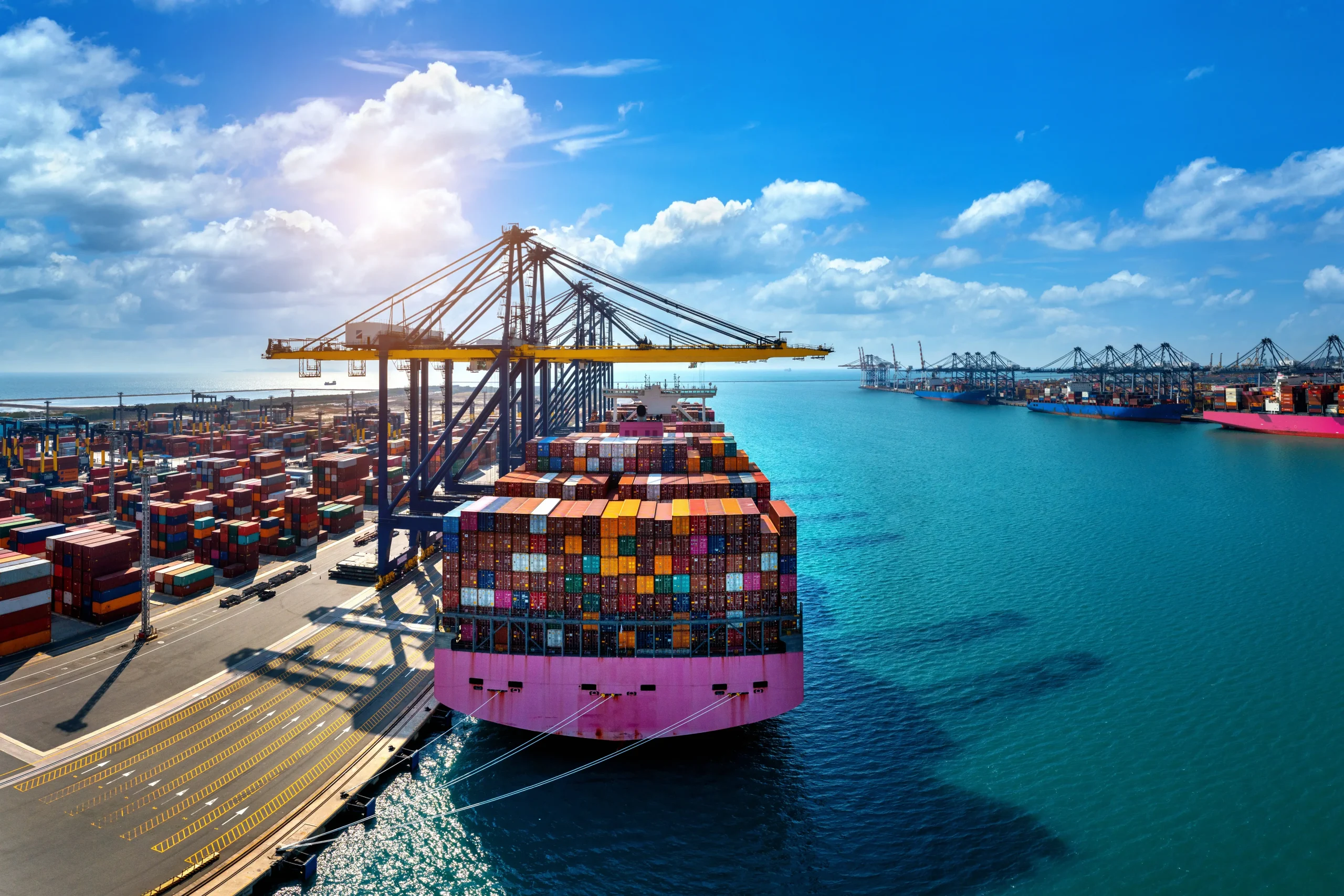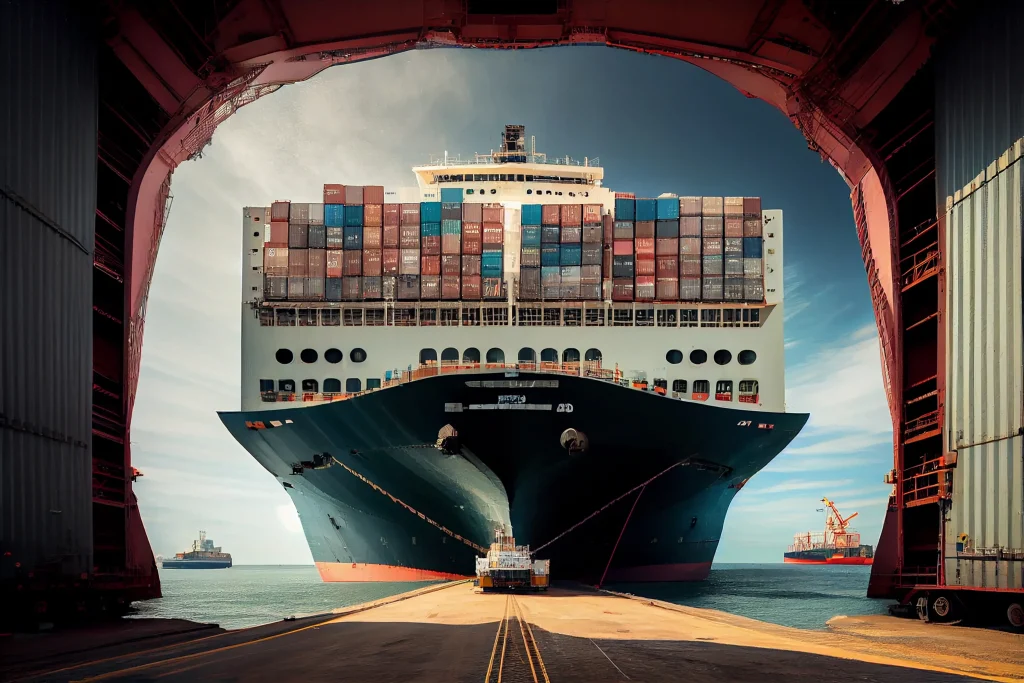- June 9, 2020
- Logistic
Sea Freight International Shipping Guide: Mastering the Basics
Embarking on international expansion through sea freight international shipping? However, mastering the complexities of this mode of transportation is pivotal for success. Whether you’re venturing into new markets or optimizing existing supply chains, understanding the nuances of sea freight is essential. In this comprehensive guide, we’ll delve into the fundamental aspects of sea freight logistics to equip you with the knowledge needed for seamless international shipping.

Understanding Sea Freight International Shipping
It involves transporting goods via cargo vessels across international waters. Moreover, It is a cost-effective and reliable method for transporting large volumes of goods over long distances. Whether you’re a seasoned importer/exporter or new to the world of international trade, mastering sea freight logistics is essential for optimizing your supply chain.
Key Components of Sea Freight Shipping
Sea freight shipping encompasses various key components, For instance, container types, shipping routes, freight rates, and cargo handling procedures. Understanding these components is essential for efficiently managing your sea freight shipments.
Choosing the Right Shipping Containers
One of the critical decisions in sea freight shipping is selecting the right type of shipping container for your cargo. Moreover, from standard dry containers to specialized reefers for perishable goods, choosing the appropriate container ensures the safety and integrity of your cargo during transit. To learn more about container options, check out our guide on LCL (Less Than Container Load) shipping.

Navigating Shipping Routes
Shipping routes play a significant role in determining transit times and overall shipping costs. Furthermore, understanding different shipping lanes and transit options can help you optimize your shipping routes for efficiency and cost-effectiveness.
Managing Freight Rates
Freight rates fluctuate based on various factors such as fuel prices, demand-supply dynamics, and seasonal trends. In addition, negotiating competitive freight rates and understanding surcharges and additional fees are essential for managing shipping costs effectively.
Ensuring Cargo Safety and Compliance
Ensuring cargo safety and compliance with international shipping regulations is paramount in sea freight shipping. Moreover from proper packaging and labeling to customs documentation and cargo insurance, adherence to safety and regulatory standards minimizes risks and facilitates smooth Customs Clearance.
Optimizing Supply Chain Efficiency
Mastering sea freight international shipping is not just about moving goods from point A to point B; instead, it’s about optimizing your entire supply chain for maximum efficiency and reliability. Integrating sea freight seamlessly into your logistics strategy requires careful planning, coordination, and execution.
Mastering it is a continuous learning process that requires a deep understanding of logistics fundamentals, industry trends, and global trade regulations. By leveraging the insights and best practices outlined in this guide, you can streamline your sea freight operations and drive success in the competitive world of international shipping.

